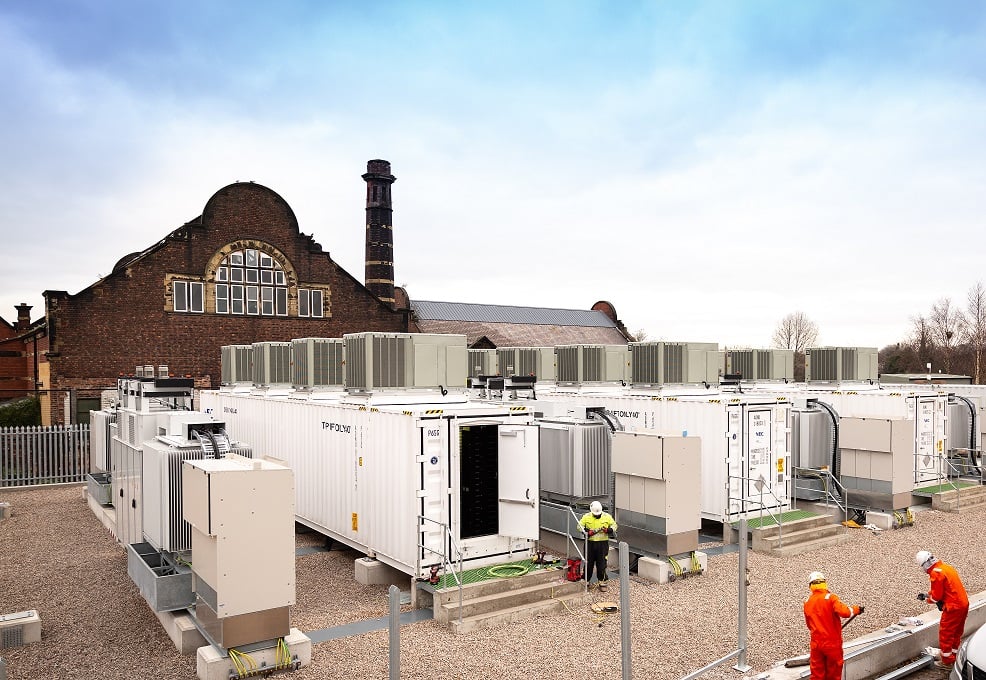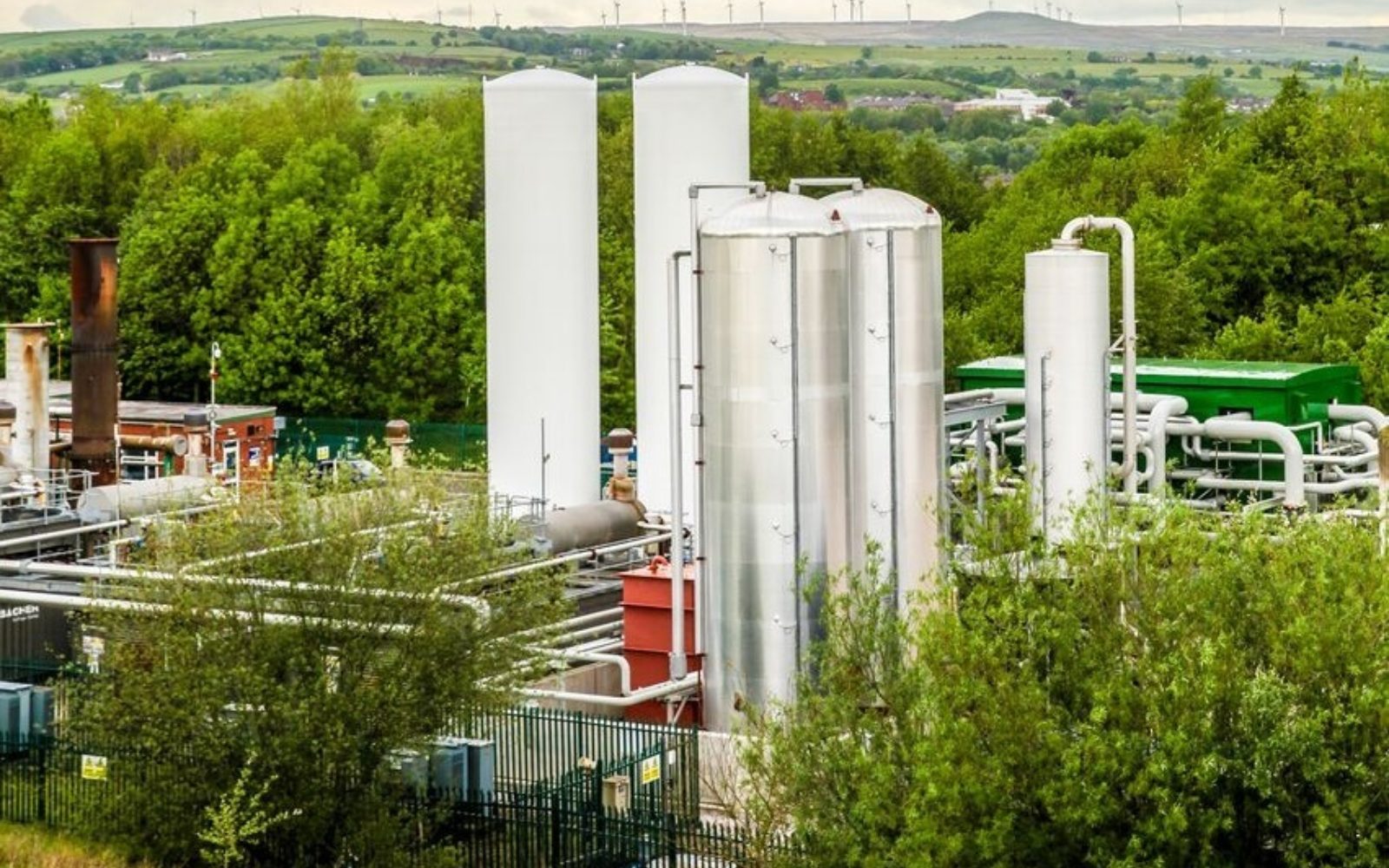In the previous instalment of this blog, we looked at how our respondents from across the energy storage industry had viewed 2018’s biggest challenges. We’ll swiftly move on to what the expectations will be for this year and what the industry can hope to achieve in 2019 in the next edition, but today we look at what some of 2018’s biggest successes were and ask if we can build on them collectively…
Enjoy 12 months of exclusive analysis
- Regular insight and analysis of the industry’s biggest developments
- In-depth interviews with the industry’s leading figures
- Annual digital subscription to the PV Tech Power journal
- Discounts on Solar Media’s portfolio of events, in-person and virtual
Taking the fight to fossil fuels
During 2018, grid-scale energy storage finally began “competing head-to-head with conventional fossil fuel plants in utility procurements for future resource needs”, Alex Eller, senior research analyst with Navigant Research, said. In many cases energy storage also won.
From the US, the most notable examples Eller observed this year included regulators in California approving the procurement of 567MW / 2,270MWh of energy storage by utility Pacific Gas & Electric (PG&E), which includes a 300MW / 1,200MWh project by developer Vistra Energy.
Another example is the Colorado Energy Plan put forward by utility Xcel Energy, which will see 275MW of energy storage deployed along with 1,800MW of wind and solar as Xcel seeks to retire two coal-fired power stations. Eller said the energy storage portion will be connected to three separate solar projects.
The replacement of gas power stations – namely of peaking plants often used to stabilise the grid was also a big opportunity that Kiran Kumaraswamy, VP of market applications for Fluence, said began to be tapped during 2018.
“After the initial wave of deployments in California, we’re seeing storage being procured as a source of peaking capacity in other states instead of natural gas peakers,” Kumaraswamy said.
Fluence is supplying parent company AES with a 10MW / 10MWh system in Arizona, which is that state’s first “storage peaker”, providing flexible capacity to local utility Salt River Project (SRP) through a 20-year PPA between SRP and AES Corporation.
Kumaraswamy said that a “tremendous opportunity” exists in the US for energy storage to fill this role. Around 100GW of peaking gas plants are in place across the country “and utilities are increasingly seeing storage as a cost-competitive alternative to gas peakers”.
Top down policy wins
We often hear that in spite of seeming antipathy towards renewable energy and climate change issues from US President Donald Trump – and some other national leaders – clean energy is already on an unstoppable path to becoming mainstream.
And not all policymakers have taken to playing the same populist game as Trump. Karim Wazni, managing director of Aggreko, which takes mobile and off-grid energy solutions out to the likes of mining and telecoms operators and bought up storage system integrator Younicos last year, believed that “in the political context COP 24 will help accelerate regulation that enables more renewables and thus also helps unlock to many advantages that batteries can bring to grids – particularly to grids in transition”.
And even in the US, at state level, the renewables train has truly gained momentum. California has had in place a 1.53GW procurement target for energy storage by the state’s main Investor-owned utilities (IOUs) since the mid-2010s. It was joined this year by the likes of Massachusetts and New York, Kiran Kumaraswamy of Fluence saw the introductions of targets in both states as big successes during this year. Significantly, the Massachusetts target includes the adoption of a ‘Clean Peak’ standard, in other words encouraging the supply of low-cost renewable energy during expensive network peaks in demand.
Other states are currently considering the introduction of targets, which could happen this year and this includes Arizona’s consideration of a similar ‘Clean Peak’ policy. Roger Lin of NEC’s Energy Solutions division told Energy-Storage.news that the introduction of such standards is a logical next step for the global energy transition. Particularly as opportunities quickly become saturated in ancillary services markets – which nonetheless serve a vital role in kick-starting energy storage deployment, “new concepts” such as the clean peak emerge, Lin said.
Finally, still in the US, as mentioned in the previous instalment, the issuance by the US’ energy regulator, FERC, of FERC Order 841, ordering utilities to see what can be done to enable energy storage to participate in energy storage markets can be considered a major policy success, as numerous respondents pointed out. The process of actually putting that into practice will take time and the outcome is not yet known, but it appears promising and the ball is now rolling on Order 841.
NEC’s Lin said that changes in the US market including Order 841 and deregulation movements in various states are likely to “to enable several new projects around the USA, and serve as inspiration for other markets around the world seeking reform”.

Sheer weight of numbers building scale
“The general pattern of energy storage opening a market in ancillary services first, followed quickly by market saturation, and then a slow but steady growth to enlightened electricity markets that value energy storage is holding true,” Roger Lin said.
Fluence and NEC reeled off a list of achievements during this year which made for impressive reading. With both considered among the leading system integrator or technology supply companies in the market, it’s worth taking a quick look.
Roger Lin said that in 2018 NEC has had success in installing large projects in territories including Germany, Switzerland and the UK, which he said is a “testament to the value of our solutions to the transformation of ancillary services markets around the world”. This includes a just-finished 20MW project, which is Danish power company Orsted’s first standalone grid battery, in Liverpool, England.
Fluence’s Kiran Kumaraswamy claimed his company managed to book 350MW of orders in the past 12 months. During that time, also Fluence’s first official year of existence, 13 projects were deployed in seven different countries.
This included two of the first high-profile projects worldwide where energy storage and related technologies were used in place of expensive grid transmission and distribution (T&D) upgrades. One, Punkin Center in Arizona, prevented utility Arizona Public Service (APS) from needing to install 20 miles of cables and wires, instead deploying two 4MWh energy storage systems at a lower cost. The other is Ballarat Energy Storage System, 30MW / 30MWh in Victoria, Australia, which will prevent the need for expensive substation upgrades, as well as serving other applications including reducing the amount of peak energy drawn from the grid.
Also worth mentioning is that Fluence secured Europe’s biggest single portfolio of energy storage projects transacted this year, with the company set to supply British flexible asset developer UK Power Reserve with 120MW of energy storage.
That 120MW, to be delivered in two 60MW tranches, each expected to take nine months to deploy, “will offer up a big boost of flexibility for the UK grid as it continues to increase its share of electricity sourced from renewable sources,” Kumaraswamy said.
Dispatchable solar-plus-storage bearing fruit
More than just the sheer weight of (admittedly impressive) numbers of installations, as we’ve already seen, the market niches and applications these new projects will serve are just as important to observe.
For example, while still in its infancy, Roger Lin of NEC said that during 2018, the idea of coupling solar with storage directly really began to attract interest from utilities, grid planners and the power and energy industries in general.
“The solar-plus-storage theme now as a market segment has captured significant attention and is starting to get the type of policy support and recognition of value it deserves,” Lin said, adding that the two things go together perfectly, with NEC recently launching DC-coupled energy storage offerings that Roger Lin said can “result in significant advantages” for certain solar-plus-storage projects.
Other market segments are now seeing technology delivered to them that is designed specifically for their most relevant applications. Aggreko’s Karim Wazni said that his company’s launch of “a modular multi-application energy storage offer” is closely linked to the transition of Aggreko (and therefore Younicos’ legacy) towards offering “energy-storage-as-a-service” under a rental model. This, Wazni said, “gives full flexibility to customers in a rapidly changing market environment with many uncertainties.”
Aggreko has long been a major player in bringing mobile power solutions, often diesel-fuelled, to off-grid operations. Since the acquisition of Younicos, the company has been able to now add and integrate “intelligent batteries in ‘traditional’ off-grid/hybrid projects”. In other words, adding the storage system integrator’s capabilities to projects that typically are sited with and connected to existing thermal power plants.

Long durations and beyond
The market for energy storage picked up in the past few years to the extent that Fluence was able to launch as the world’s first pure-play “energy storage technology and services provider”, the company’s Kiran Kumaraswamy said.
With several four hour-duration projects booked and more to come, Fluence is operating at what could be considered the upper limits of what lithium-ion batteries can do. As we saw a while ago in my profiling of several contenders in the longer duration flow battery space, there are providers out there looking to go far beyond that. The ability to cost-effectively store eight hours or more of energy could have a transformational effect on the global energy transition, but at present most commercially-viable opportunities focus on what can be done with the more-bankable lithium battery technologies.
Javier Cavada, CEO of Highview Power, which makes liquid air energy storage (LAES) systems based on proprietary technology, said in the past 12 months he has seen the “accelerated deployment of renewables create a demand for energy storage”, but the challenge remains in monetising the storage of this energy.
“Highview Power earlier this year launched the world’s first grid-scale liquid air energy storage plant. With this commercial demonstration plant, we’ve achieved proof of technology and proof of scale, and we’ve connected it to the UK grid and have been selling services successfully,” Cavada said.
Cavada claimed that in 2018, “the renewables market fully recognised that long-duration energy storage is critical to their success. Pairing these solutions means that power generated from renewables can be shifted to the time of demand”.
The competition between lithium-ion batteries and the technology set’s would-be successors is likely to provide an exciting dynamic to the 2019 energy storage market. While the deployment figures for flow batteries and other advanced long duration technologies are still low, Javier Cavada believes ongoing efforts to fight climate change and reach ever-growing renewable energy targets will leave the market with little choice but to pursue these technologies.

